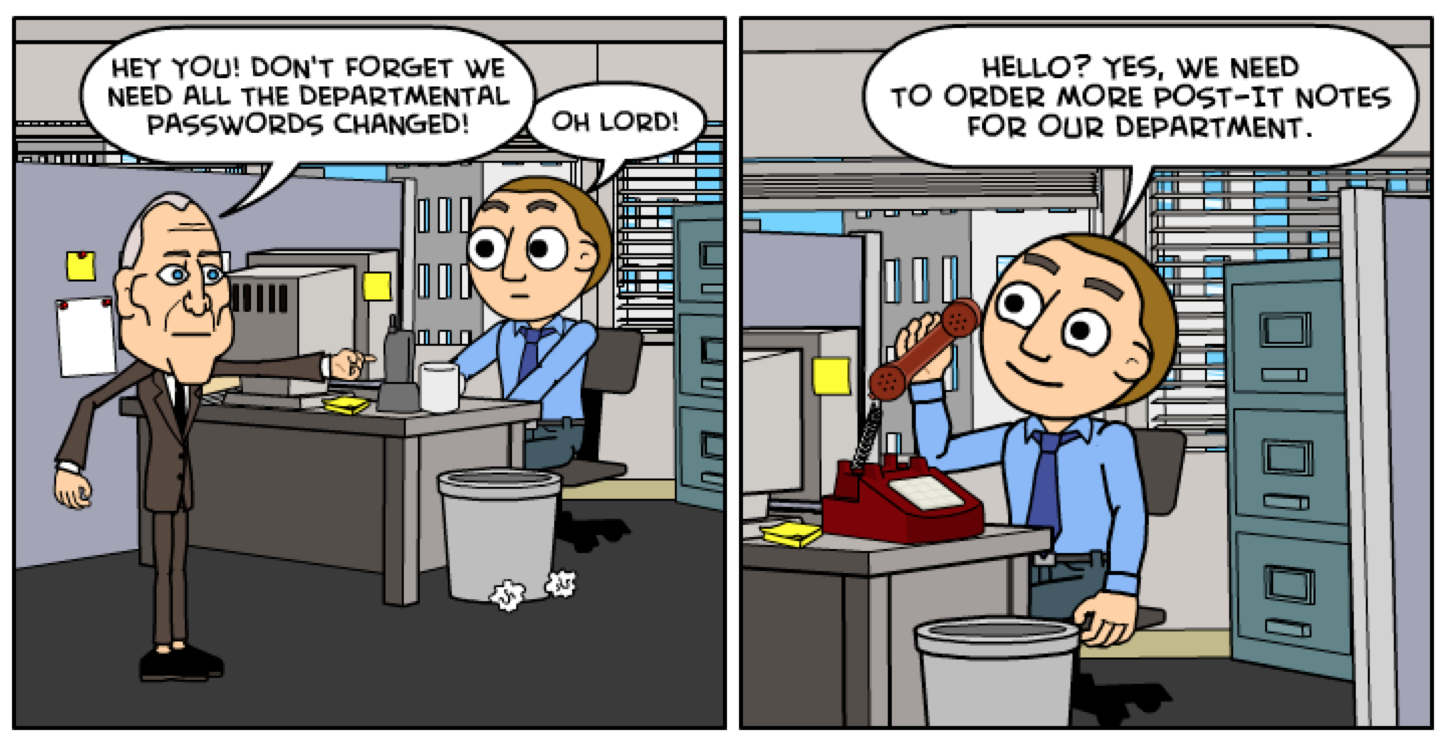The scene unfolds like a cyber thriller. You fire up your PC and a message appears saying your files have been encrypted. Your screen looks like it’s from the FBI. Sometimes it identifies itself as malware. Sometimes it’s a plain-text message. When you click around in your PC (assuming you still can), you find that your photos and text files are indeed unavailable.
The screen also asks for money. To get the key to unencrypt your files, you must pay, usually in some form of untraceable currency, such as bitcoin. In most cases, there’s a firm deadline when payment must be made. If you miss it, the fees shoot up. At some point, your files are permanently encrypted.
Welcome to the world of ransomware.
While this form of malware can slip into devices in any number of ways, phishing is probably the most common vehicle. Basically, bad guys send innocent-looking emails that ask recipients to click on a link or download an attachment. (Phishing is also used to ask for money directly. A tiny piece of software infects the machine and goes about encrypting files before demanding cash. Sometimes the message pops up automatically. Sometimes there’s a time delay or a switch that lets hackers turn it on when it’s convenient to them.
And sometimes attacks are big and bold. Two assaults on major hospitals in the US, for instance, used multipronged ransomware infiltration to shutdown key networks and records. But experts largely agree that most attacks are on individuals. Mass emailing allows criminals to take advantage of long-tail effects and the fact that many people would rather just pay a few hundred (or thousand) dollars to have their data – which many consider their life – returned to them rather than fight back through various law enforcement channels.
Data hostage taking is on the rise
Given the efficacy of ransomware, the number of attacks is set to grow. In its annual Threat Landscape report, published in January 2016, the European Union Agency for Network and Information Security (ENISA) characterizes 2015 as “the year of ransomware”. According to the study, the number of reported incidences nearly doubled in 2015 compared to 2014, with aggressive phishing campaigns a hallmark of many attacks. Targets tended to be in North America and Western Europe, as residents are perceived to have the money to pay.
ENISA also notes that 2015 was a year of innovation in ransomware development and deployment. The number of new ransomware types quadrupled in the first half of the year alone. Criminals have set up service centers, allowing the non-technical to buy crimeware-as-a-service, further expanding the reach of ransomware. And stealthier delivery methods are still being developed.
Do I know you? Did I ask for this?
Phishing is still the most common delivery method. Which is convenient, in a way, as there are some practical steps you can take to avoid getting scammed. Probably the most important is to maintain an online “stranger danger” mindset. If an email looks even the slightest bit suspicious, don’t open it. If it’s from someone you don’t know, don’t open it. If it says you’ve won the lottery, are being watched by some security agency, asks about an order (you did not make), or promises rewards in some other way, don’t open it. (Similar phishing attacks also appear on Facebook.)
For emails you’ve opened, if they include links or attachments you weren’t expecting or didn’t ask for, don’t click or download. If you feel that you must do either, reply to the sender (if you know them), and ask if they did indeed send you something. If you do not know the sender – delete the email.
And of course, you should build a fortress around your device. This is where AVG can help. We provide antivirus, link scanners, attachment and download checkers, enhanced firewalls, spam blockers, and file encryption to help keep your photos, videos, files, contacts, and devices safer. If you haven’t done so already, give us a try on your PC or Android phone.
![]()
![]()
